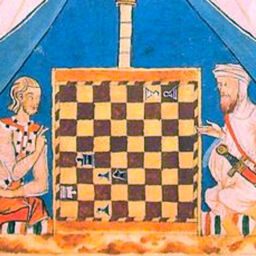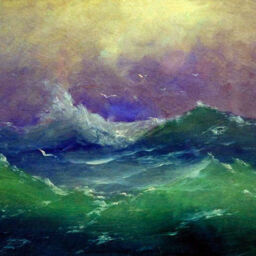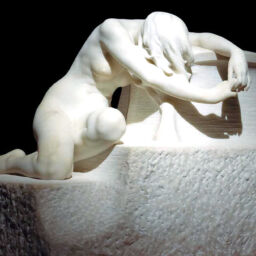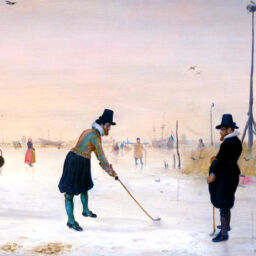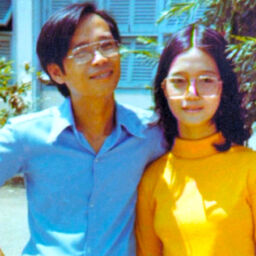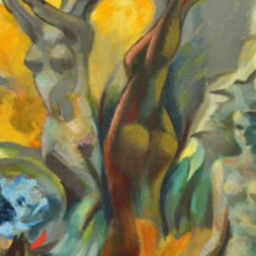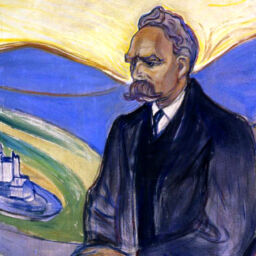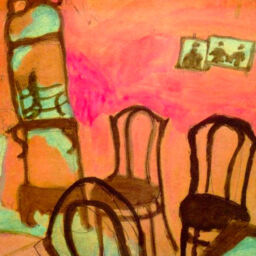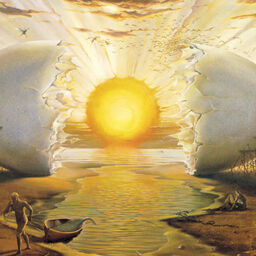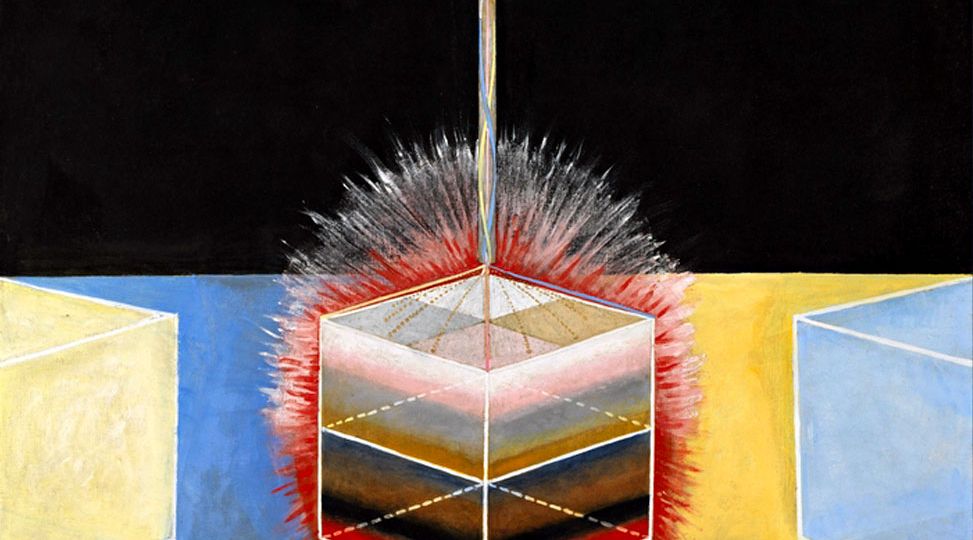
Dreams of Grief and Growth
Navigating the Waters of the Unconscious During a Pandemic
Download or listen to this article
Alexa Gallo, September 16, 2020
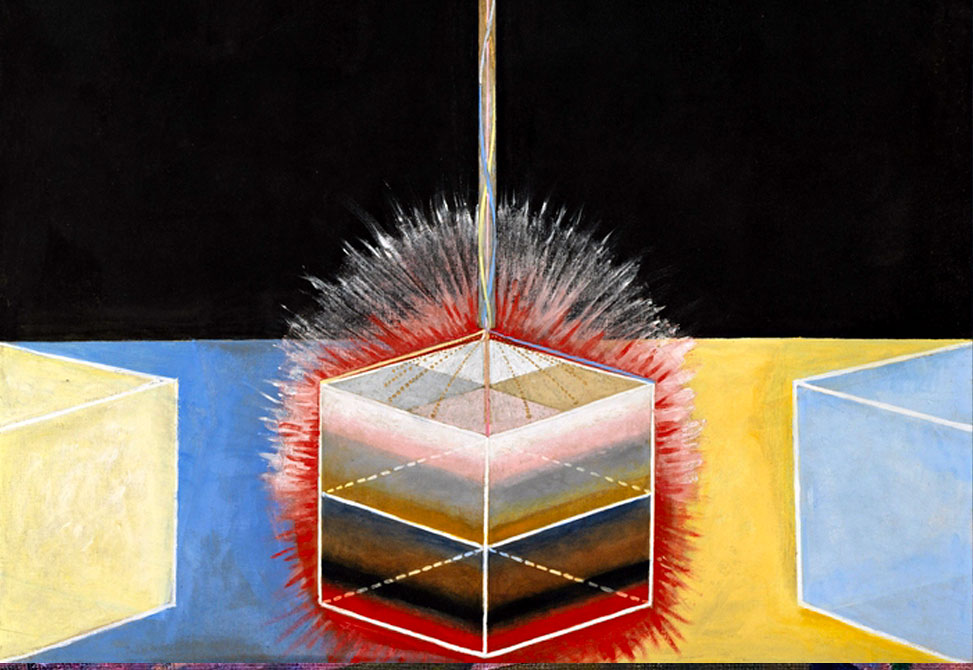
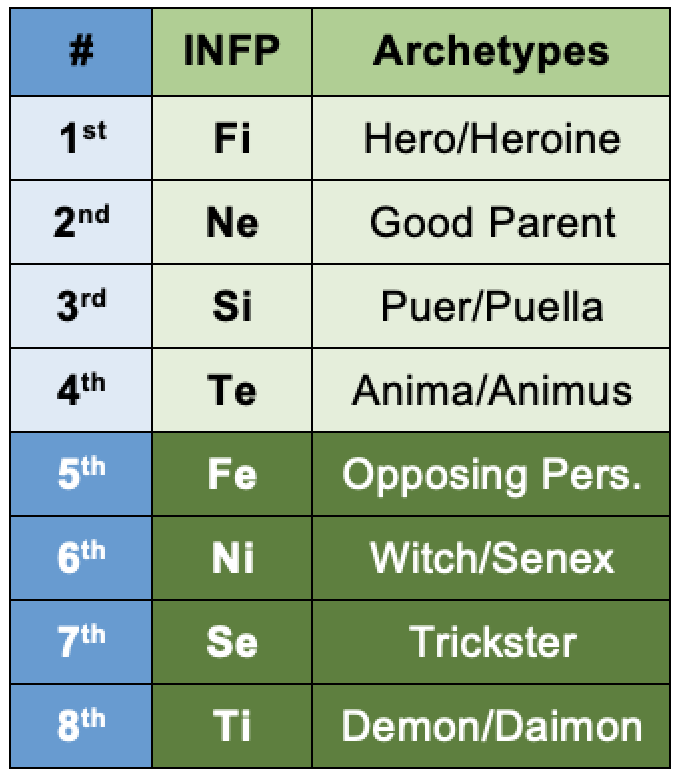
Similar to the inferior function, grief has a connection to both the unconscious as well as consciousness. In that two-way mercurial style, grief arrived at my own door this past spring. My mom was diagnosed with Stage IV pancreatic cancer. The “silent killer” arrived, and together, our hearts shook in fear and sadness as we prepared for whatever was to come. My mom was given four to six months to live, but it ended up being only a few weeks. As we were navigating through the many doctor’s visits and hospice arrangements, Covid-19 was another compounding threat outside our door. A helpless and frightening kind of despair began to slowly wash over me. I began to sense a growing awareness of my inferior function: extraverted thinking. In the early days of her diagnosis, it was proving itself useful in the face of the approaching calamities: organizing and planning, making lists upon lists, and meanwhile, miraculously completing final exams for a master’s degree. I was soothed by the logical actions of filling out forms, organizing the kitchen, and creating some structure and space around my sense of self. Extraverted thinking was contributing to a sense of agency and protection from the deeper pain of knowing what lurked in the darkness ahead.
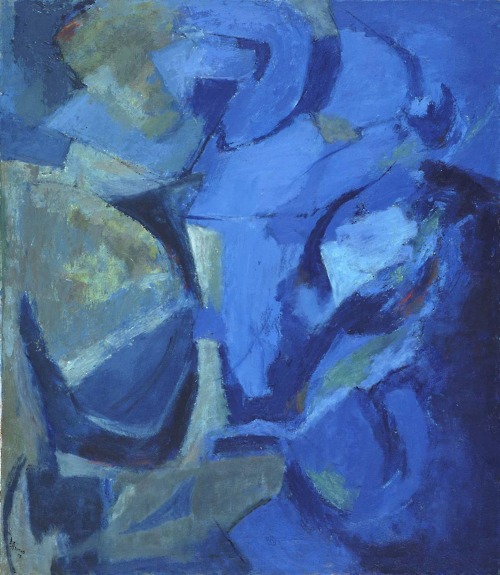
The massive potential energy of grief that was soon to be released in my life was foreshadowed by two powerful dreams with significant inferior function (Te) symbolism, followed by two more dreams of integration. These dreams reveal an awakening of how the inferior function relates to the unconscious in a phenomenological way.
Dream #1, early February 2020, one month before my mother’s diagnosis and the onset of coronavirus in the U.S.:
It’s a beautiful sunny day at the beach. I’m with my husband Justin, watching the surfers. The waves are small; it is warm and inviting. Justin says, “It does not look fun, the waves are too small.” I disagree! It’s exactly the size waves I like to surf! Justin asks if I’m going in. I say, “No, I have to study consciousness.” I then walk north; the sparkling, blue ocean is on my left. There is an aqueduct on my right. It is grey concrete with sharp right angles. I am getting tangled in grey branches; I’m stuck. I successfully navigate several other difficult situations. I follow the aqueduct and I encounter three handsome men on the road. We have so much in common. They are suddenly in my car, about to crash, and they need help. I jump in the driver seat and successfully park the car. The four of us enter a mansion to attend a murder-mystery party with clues. It is an exciting and glamorous night and we can’t wait to play the game. I wake up feeling anticipatory.
This dream indicates balance and direction (a reflection of a heroic introverted feeling, Fi, joined in quaternity) with a warning of future unknown, possibly foreshadowing death itself. The waters of the unconscious are both playful and inviting (blue ocean), as well as structural and contained (concrete aqueduct). As I am traveling through life, the ocean is on my left, which is often associated with the feminine; the aqueduct is on my right, thus representing the masculine. If my extraverted thinking function represents the gateway to the unconscious, on my left is a feminine, natural, wild “yin” way. On my right is a controlled, directed, concrete “yang” way. The symbol of the quaternity, the four figures, refers to balance, pairs of opposites, and the archetype of the Self. “Empirically, the self [can appear] in dreams in the form of a totality symbol, such as the circle, square, quadratura circuli, cross, etc.” (Jung, 1921/1979, ¶ 790). This dream has an innocent quality. During this period, I am happily ignorant of all the changes and suffering that is to come. This dream marks the beginning of a series of dreams of swimming pools, oceans, contained water, square shapes, and concrete channels.
Dream #2, late February 2020, just before my mother’s diagnosis and the nationwide awareness of Covid-19:
I am at the beach, entering the water to go for a surf. I have to keep duck-diving and paddling hard to get through all the waves. I’m getting farther and farther out, but the waves just keep getting bigger. Now the ocean is dark, stormy, and ominous. There is a haunting glow, the way it looks just after the sun goes down, or during nuclear fallout. I keep paddling. The next wave coming is HUGE! How will I ever get over it? It is at least forty feet high. I see the dark water rushing up the face of the wave and suddenly I realize I’m not in the ocean, but a wave pool. I have reached the back wall, the “end.” But still this wave is growing higher and higher. … Where is all the water coming from? It is a terrifying black wave. … I am shocked to see the wave is contained in a gigantic concrete square, forming the outer edge of a wave-pool. The wave is now too big, I’ll never make it. I will be crushed and drowned. I feel scared and hopeless with nowhere to go. I wake up feeling frightened and unsettled.
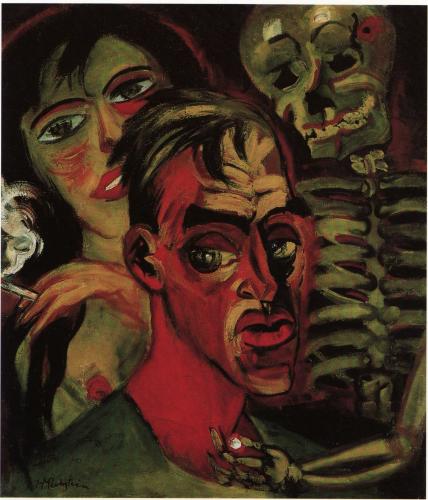
The dark wave seems to symbolize the power of the unconscious. In the dream, I am equally frightened by the power of the concrete wall to hold/contain the wave; I believe the wall represents both the ego and the Te function. This dream has the sense of apocalyptic doom, or preparation for the events that were rapidly approaching.
Dream #3, mid-March, a week after my mother’s diagnosis; Covid-19 stay-at-home orders are now in place:
I am in a classroom studying fear, how it moves inside the body. There is a diagram of a nasal sinus; the teacher explains how fear heightens smell and taste. I am dropped into a perfectly square, concrete room with a long row of washers and dryers. I am there to study “pure fear.” There is a serial killer hiding in the room. I take action, like a movie star, Scarlett Johansson or James Bond. I look behind the machines and see part of his head. He is tucked in, hiding behind the machine. We make eye-contact and he tries to hide deeper, behind the washer. Now the room turns from white/grey to golden orange. I seduce the killer and we have sex. He wipes his mouth and there are a few small white particles around his mouth. I am disgusted. Is it toilet paper? I look closer and realize the particles are tiny white seashells. They are beautiful. I wake up feeling hopeful, disgusted, and confused.
I have come to recognize extraverted thinking in my dreams as images of order and structure, square-like, and often via the containment of water. In this case, I am in a sterile room with machines that have one purpose, to wash and dry clothing: to purify. There is an imminent threat, a killer, a symbol of the unconscious or the shadow. It hides behind the Te, the washer, the machine of purification and transformation. This particular dream seems alchemical, suggesting that if I can experience a coniunctio with the shadow, in the space of the Te, then there is a chance for something unexpected—tiny, white shells from the ocean.
Dream #4, early April, two days after my mother’s death; Covid-19 is raging in NYC:
I am in an indoor swimming pool taking a swimming class. I go deep and hold my breath a long time. When I come up for air, it’s really hard to break the surface, I must use all my effort. I get through and I am so grateful to breathe and feel the air in my lungs. We have an assignment to write an essay about the pool. I notice how beautiful the light on the water looks, it sparkles but is dark too. Light and shadow! That is what I will write about. The teacher doesn’t like me; she prefers other students and warmly hugs them. I am jealous. I am also slightly repulsed and annoyed by her, but still, I long for her acceptance. She starts out thin and beautiful, and by the end of the dream, she is huge with rolls of fat and with jingly bracelets, wearing a bright floral 1970s swimsuit. I wake up feeling nostalgic and sad.
This dream seems to imply that the unconscious has nearly overrun my ability to use extraverted thinking; however, I am learning how to “swim” and break through. The unconscious is the water, again contained on every side (including even the surface) by extraverted thinking. This time the threat comes from below, as it is deep and difficult to “break through.” I barely make it. Once I emerge from the water, I take in my surroundings using the extraverted sensing (Se) function of physical sensation. I was born in the 1970s; the swimsuit is a covering and signal to “look back.” It could represent the introverted sensing (Si) function of remembrance and history. The extraverted intuition (Ne) function is represented by the discovery of an archetypal theme: light and shadow, integration of opposites, and realization of new connections.
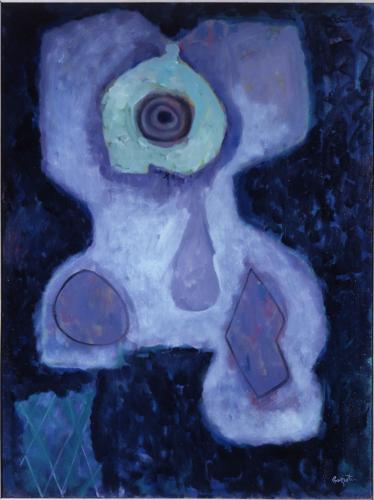
Meanwhile, in my waking life, everything has fallen apart. I am not able to use extraverted thinking in any way, shape, or form. I cannot make plans or respond to emails. I cannot concentrate; I feel overrun by grief. My mother is gone. My career is gone. The world outside is gone. There are catastrophic losses in NYC, a place I once called home. This particular dream felt more like a compensation, revealing a possibility rather than the actual reality on the ground. This dream also marked the end of the sequence of dreams of contained water, leaving me both drained (pun intended) and with a sense of possibility and hope.When the water is contained and there is instruction, I can learn to swim. Te offers a spacious possibility to explore, a place to notice the beautiful interplay of light and shadow and the longing for integration, organization, and acceptance.
While the sequence of my dreams revealed an arc of meaning around my inferior function, I was simultaneously experiencing a derailment of extraverted thinking in my waking life. In the early stages of my mother’s illness, I was able to use all four of my egosyntonic functions. In fact, I even found myself leaning into Te more than usual, as I was listing and organizing my world. However, in Dream #2, the “dark wave” seemed to be foreshadowing what was to come. When given a diagnosis of cancer, in the beginning there are so many unknowns: Maybe she will be in the 1%, a survivor. Maybe the doctors are wrong, or it isn’t that bad. My mom was tough and always capable. Now I was a helpless bystander to her rapid decline, a quiet witness to the slurring words, dull eyes, and lost weight. I was frantic in my grief, like a trapped animal. My mind began to dart, and my body felt disconnected, jerky, no longer able to make neat and orderly lists. I was beginning to struggle to put thoughts in order at all. All my life, I had had a sense of agency, discipline, and control. I was known to be excellent in a crisis. Suddenly I felt a sense of internal breakage; something was shattering. If Te was my gateway, the flood had blown open the door. I had lost the capacity to use this function with consciousness. It was titanic indeed. I felt afraid and vulnerable. I remember telling my mom in a shaky, high voice, “I don’t like this. I don’t like this at all.” I didn’t recognize myself. In typological terms, I was shaken out of my usual orientation. Daryl Sharp (1987) said, “Affect tends to contaminate or distort each of the functions: we can’t think straight when we are mad” (p. 18). I would add that it was my inferior function that seemed to be affected first and with the greatest intensity.
I noticed that in the early stages of grief, my extraverted thinking function responded automatically by sorting and listing. According to Haas and Hunziker (2006), extraverted thinking likes to produce results; it prefers hierarchical organization, using checklists and logic, focusing on the task at hand (pp. 75-76). During the peak of my grief, Te was derailed and dysfunctional. As the grief was slowly honored and integrated, I was able to tap back into it. The process is still ongoing. It has only been a few months since my mom passed. My ability to think and organize is still diminished, but I am again restored to using all four functions.
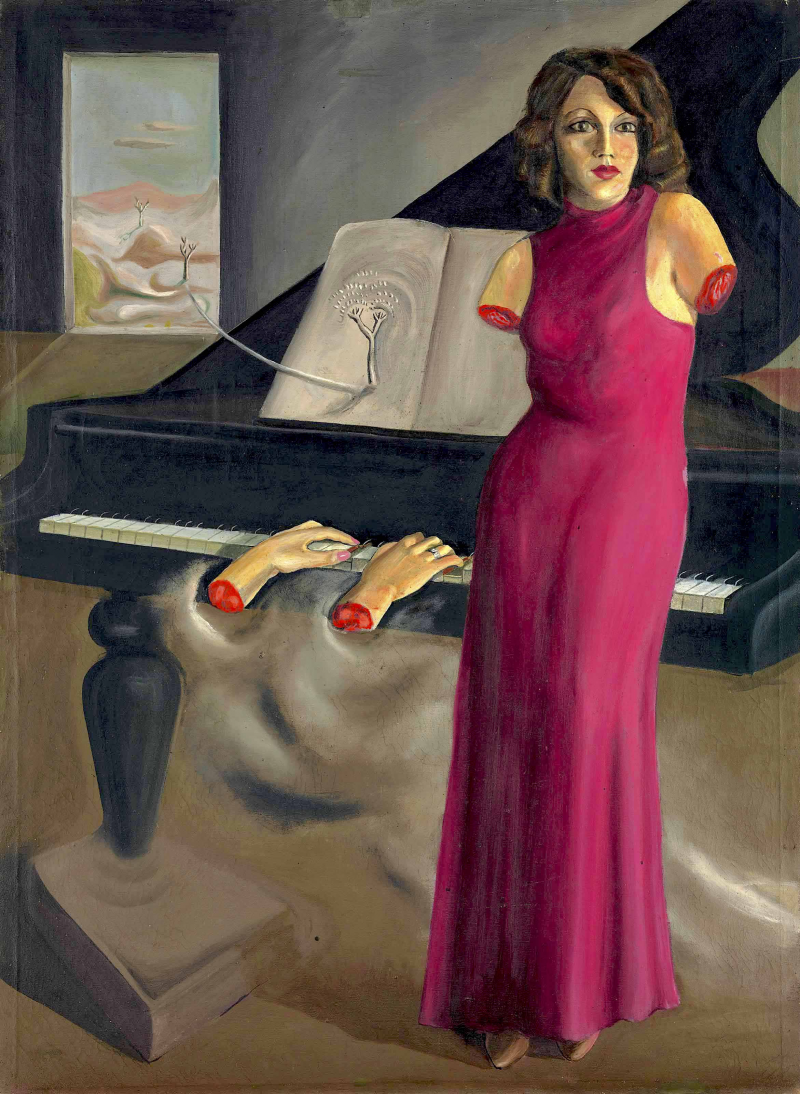
The demands of the unconscious then force themselves imperiously on consciousness and bring about a disastrous split which shows itself in one of two ways: either the subject no longer knows what he really wants and nothing interests him, or he wants too much at once and has too many interests, but in impossible things. The suppression … leads to a neurosis or the abuse of narcotics … . In more extreme cases the split ends in suicide. (¶ 573).
I could feel the dangerous pull of “no longer knowing what I really want,” a feeling of losing myself. In order to reintegrate, I needed to strengthen my inferior function, and that would require a compensatory reduction in my dominant Fi activity. I needed to let go of some of my personal values—corresponding to a letting go of my own sense of inner harmony—as well as to open up to possibilities that might lie beyond my own sense of subjectivity. I began to see that my Fi tendencies could keep me isolated, and I needed to reach out and connect to others. To become more vulnerable had a healing effect. It also revealed another need: developing the auxiliary function, Ne, which reveals possibilities. According to the Beebe model, the auxiliary and tertiary functions (in my case, Ne and Si) have parental and puella energy respectively. The loss of a parent could activate these functions in ways that might have otherwise been lying dormant. Ne reveals new possibilities while working in tandem with Si, which is able to sense bodily concerns from an inner perspective. Working with the functions allowed grief to shift back from a tidal wave to a flowing river and a loving guide. My desire to find a logical connection within the mournful chaos was a sign that my own inferior function of extraverted thinking was beginning to come back on track.
Jung (1921/1979) wrote that “in the realm of the inferior function there is a great concentration of life. … If people succeed in turning to their inferior function, they will discover a new potential of life” (¶ 11). All the repeating dream images of water held within channels, containers, and machines began to make more sense. Extraverted thinking can reveal important boundaries. It can act as an alchemical container itself, directing energy flow to where it is needed most. My Te function brings me back into balance. I can function when I make simple lists and become more goal-oriented. If I do not write out my plans, they are not accomplished. For me, the list must be concretized; it cannot remain abstract in my mind. This integration is a holistic process. I am focused on Te, but none of this would be possible without the other three functions working together (López-Pedraza, 2000, p. 63; Hillman, 2007, p. 32).
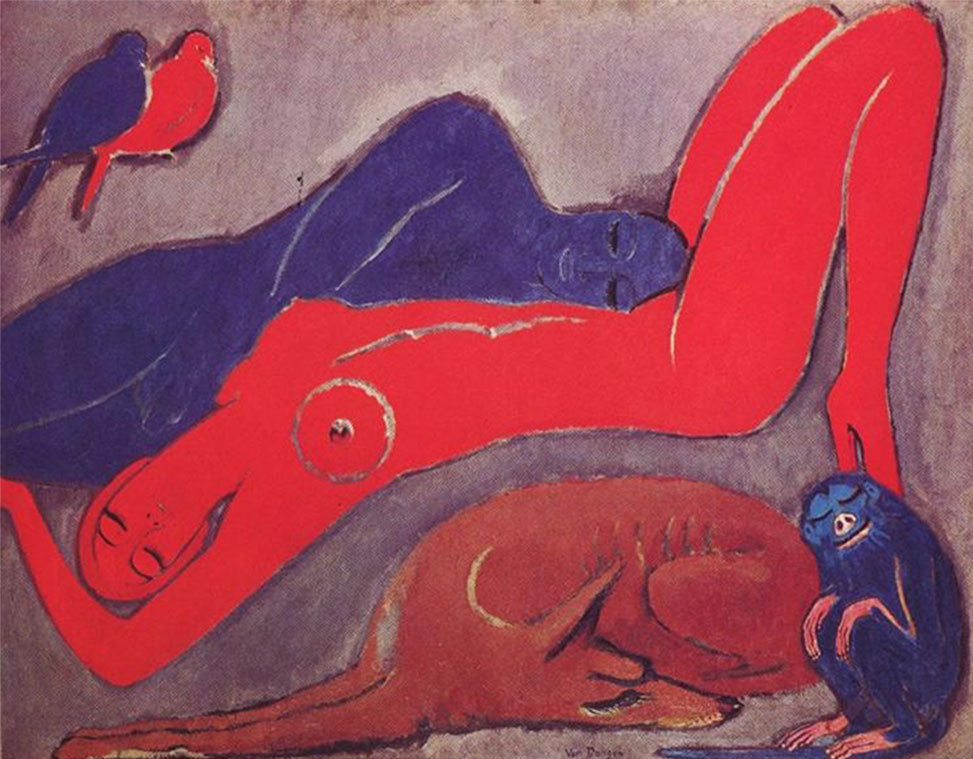
Maybe a breakdown of the inferior function is necessary in times of crisis. It might be able to function as a barometer, letting us know if we are approaching dangerous levels of unconscious energy. While grieving is a uniquely different experience for everyone, perhaps we can all look to our inferior function for guidance as to how to begin to heal from suffering and loss.
References
Haas, L., & Hunziker, M. (2006). Building blocks of personality type: A guide to using the eight-process model of personality type. Eltanin Publishing.
Hillman, J. (2007). Mythic figures. Spring Publications.
Jung, C.G. (1957/1977). The Houston films. In W. MacGuire & R.F.C. Hull (Eds.), C.G. Jung Speaking, pp. 276-352. Princeton University Press.
Jung, C. G. (1979). Psychological types (H. Read, M. Fordham, & G. Adler, Eds.; R. Hull, Trans.). Princeton University Press. https://doi.org/10.4324/9781315512334 (Original work published 1921)
López-Pedraza, R. (2000). Dionysus in exile: On the repression of the body and emotion. Chiron Publications.
Myers, I. B., & Myers, P. B. (1995). Gifts differing. Davies-Black Publishing.
Sharp, D. (1987). Personality types: Jung’s model of typology. Inner City Books.
Images
Af Klint, H. (n.d.). Untitled. Retrieved from wikiart.org
Baziotes, W. (1947). Night form. Retrieved from wikiart.org
Corvinth, L. (1911). Woman with lilies in a greenhouse.Retrieved from wikiart.org
Dominguez, O. (1933). Retrato de Roma. Retrieved from wikiart.org
Pechstein, M. (1920). Self portrait with death. Retrieved from wikiart.org
Thomas, A. (1958). The stormy sea. Retrieved from wikiart.org
Van Dongen, K. (n.d.). Quiétude. Retrieved from wikiart.org



